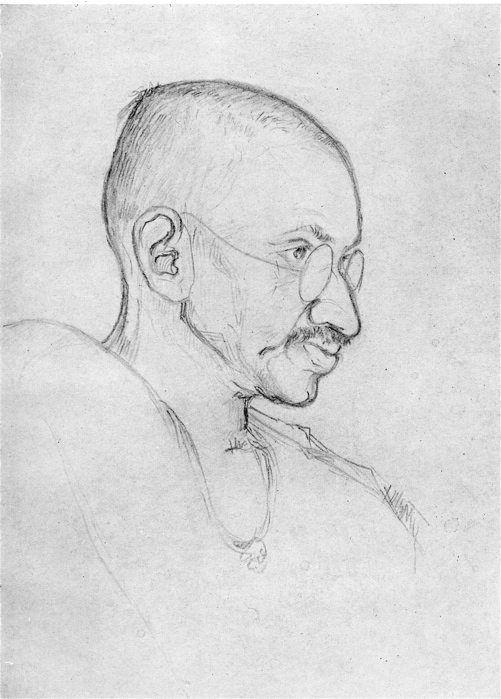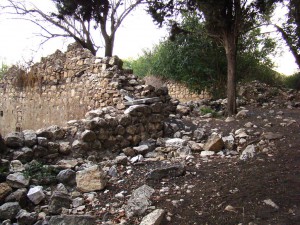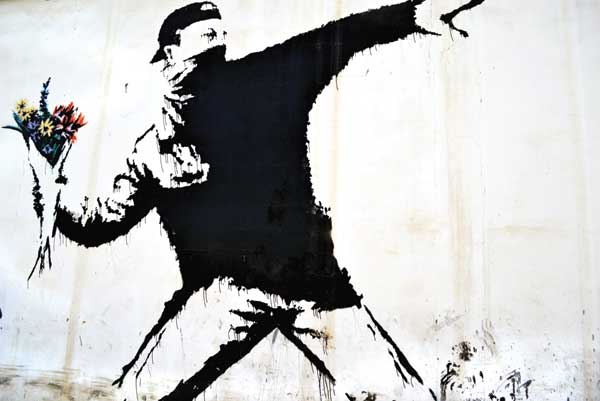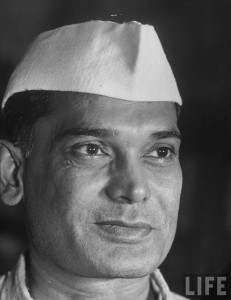Letter to Mahatma Gandhi
by Vladimir Tchertkoff
Editor’s Preface: The prominent religious figure Vladimir Tchertkoff was Tolstoy’s editor in the latter part of Tolstoy’s life. This letter, dated 9 March 1931 is taken from The War Resister: Quarterly News Sheet of the War Resisters’ International, issue XXIX, Summer 1931, and is another in our WRI project. We have also previously posted several articles by Tchertkoff, including unpublished correspondence with Gandhi and a previously unpublished Tolstoy translation. Please consult the Editor’s Note at the end for further biographical information and links. Tchertkoff’s other articles may be accessed via our WRI Project category. JG
Dear Mahatma Gandhi,
Allow me, on behalf of myself and our Moscow friends, to express our deep and heartfelt joy at your liberation from prison. We earnestly desire for you the necessary strength to continue your righteous and great work. May God help India to attain as quickly as possible that emancipation from foreign dominance that she so fervently desires. We yet more desire for you and ourselves the emancipation of everyone, not only from foreign oppression, but particularly from all servitude of man to man, even though it be within the limit of one and the same race; and especially from the last remnants of that superstition that one can [anymore] protect any righteous cause by force of arms or military preparations.












